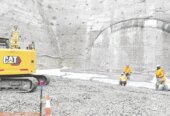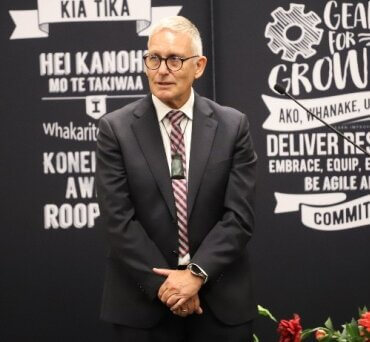
Craig Hobbs
Change is in the air for 2025 at Waikato District Council as we welcomed our new chief executive this week.
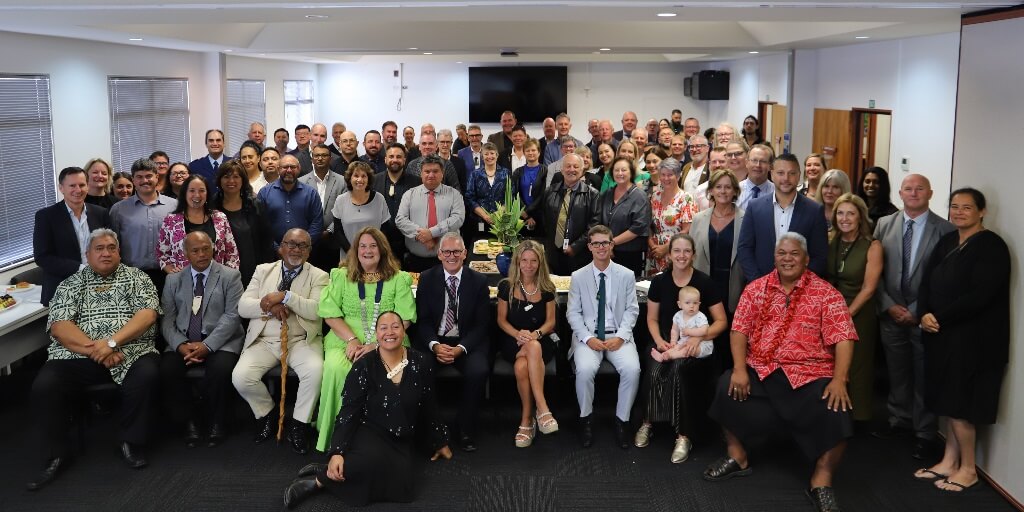
Craig Hobbs and the powhiri party at Waikato District Council in Ngaruawahia.
Craig Hobbs brings with him a strong knowledge of local government, having been chief executive of South Waikato District Council and most recently director of regulatory services at Auckland Council. His past roles include chief executive of Paralympics New Zealand and the National Maritime Museum.

Gavin Ion
After 21 years in the top job, outgoing chief executive Gavin Ion will stay on until June, moving into a new role to support a smooth transition on Three Waters as we develop and publicly consult on a new council-controlled organisation (CCO) with Hamilton City Council.
Just last week the council announced the letting of new roading contracts for the district, completing a significant 18-month procurement project, and then spent three full days examining and giving direction on the shape of a new Long Term Plan (LTP) 2025-34.
The LTP has been on hold since last year as we awaited the outcome of major legislative reform in areas of local government responsibility, particularly in Three Waters, but also in resource management (with new housing density rules and project fast-tracking), and with more change still to come.

Crystal Beavis
By the end of the council’s LTP workshops last week, the indicative budget was pointing to a potential general rate increase of just over four per cent for the first year (2025/26), before falling to an increase of about 2.5 per cent in 2026/27, and then two per cent and less in subsequent years. (These rates exclude public transport costs which will be rated directly by the Waikato Regional Council from 2025/26.)
This is good news for ratepayers – and comes despite early LTP budget indications last year that a 13.75 per cent general rate increase this year would be followed by several 6 per cent annual rises, and despite the council using reserves to keep the increase to 11.9 per cent this year (below average for councils around the country).
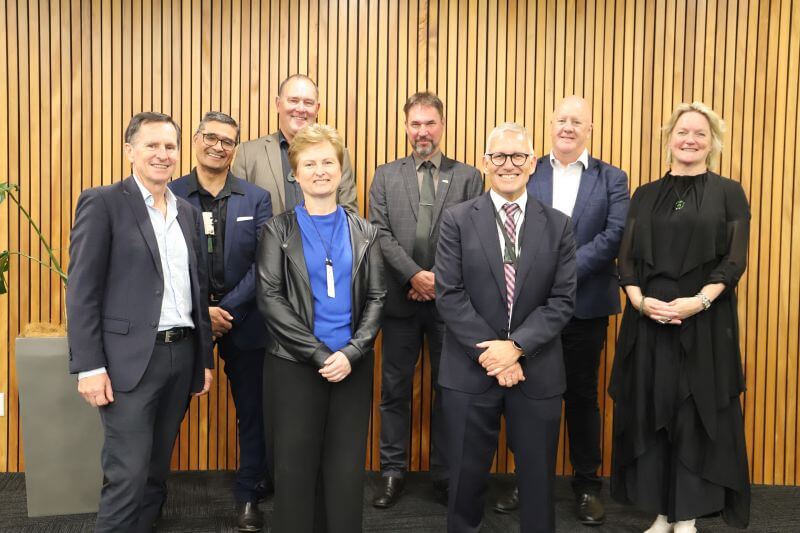
Chris McLay, Aileen Lawrie, Lance Vervoort, David Speirs, Craig Hobbs, Stephanie O’Sullivan, Manaia Te Wiata and Phil Wilson – chief executives from Waikato regional, Matamata-Piako, Thames-Coromandel, Waikato, Waipa, Hauraki and Auckland welcomed Craig Hobbs to his new job.
Nevertheless, rates affordability remains a major concern. Since preparation of the previous LTP (2021-31) overall council costs have escalated by 20 per cent, with civil construction costs up 27 per cent. Together with rising compliance costs for three waters services, these are putting pressure on targeted rates with indications that overall rates (general and targeted) in our towns could rise between 7.8 per cent and 10.8 per cent in the first year – but less in areas not subject to significant targeted rates. (A waters CCO will eventually bring relief, but it will take 5-10 years to realise the full benefits.)
The proposed LTP budget is expected to be approved in mid-February, and a plan developed for public consultation in March-April prior to final adoption in June.
Councillors with longer experience than I say the present term has been the toughest we’ve faced, with cost increases well above CPI, significant legislative change, massive storm damage last year ($18 million infrastructure damage from Cyclone Gabrielle) and now a loss of $35 million New Zealand Transport Agency subsidy for new roading works for two years as money is directed into Roads of National Significance.
The long-term outlook is positive but there will be many challenges on the way.
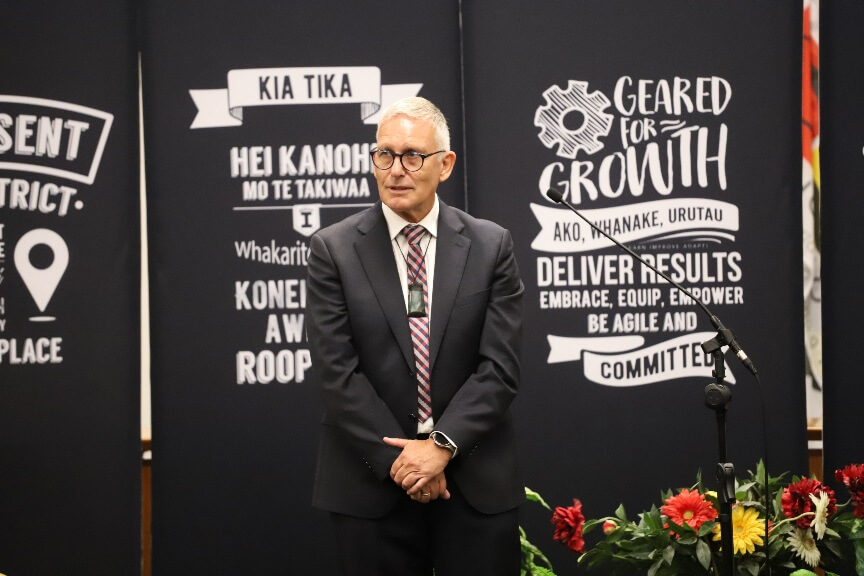
Craig Hobbs chief executive Waikato District Council




